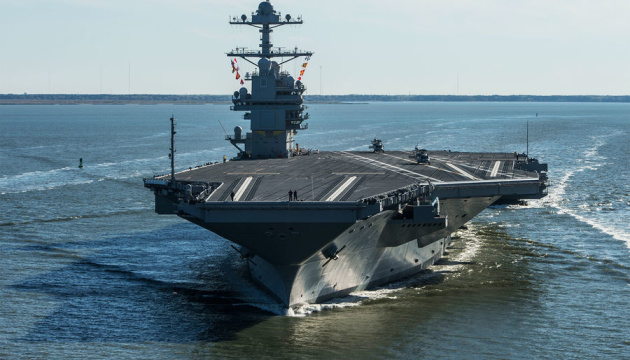|

Chairman Reed, Ranking Member Wicker, and distinguished members of the Committee: thank you for inviting me to appear here today to discuss global security challenges and U.S. strategy. While I address these subjects in my work at Johns Hopkins-SAIS and the American Enterprise Institute, my testimony here reflects only my personal views. The primary message I would like to convey in my testimony is that Americans are not adequately weighing the risk that interlocking regional crises in Eurasia’s key theaters could create a situation approximating global conflict.[1]
Today, Europe is experiencing its most devastating military conflict in generations. A brutal fight between Israel and Hamas is sowing violence and instability across the Middle East. East Asia, fortunately, is not at war. But it isn’t exactly peaceful, either, as China coerces its neighbors and amasses military power at a historic rate. If many Americans don’t realize how close the world is to being ravaged by fierce, interlocking conflicts, perhaps that’s because they’ve forgotten how the last global war came about.
When Americans think of global war, they typically think of World War II—or the part of the war that began with Japan’s strike on Pearl Harbor in December 1941. After that attack, and Adolf Hitler’s subsequent declaration of war against the United States, the conflict was a single, all-encompassing struggle between rival alliances on a global battlefield. But World War II began as a trio of loosely connected contests for primacy in key regions stretching from Europe to the Asia-Pacific—contests that eventually climaxed and coalesced in globally consuming ways. The history of this period reveals the darker aspects of strategic interdependence in a war-torn world. It also illustrates uncomfortable parallels to the situation America presently confronts.
To be sure, the United States isn’t facing a formalized alliance of adversaries, as it once did during World War II. It probably won’t see a replay of a scenario in which autocratic powers conquer giant swaths of Eurasia and its littoral regions. Yet with wars in eastern Europe and the Middle East already raging, and ties between revisionist states becoming more pronounced, all it would take is a clash in the contested western Pacific to bring about another awful scenario—one in which intense, interrelated regional struggles overwhelm the international system and create a crisis of global security unlike anything since 1945. A world at risk could become a world at war. And the United States isn’t remotely ready for the challenge.
Повний текст: https://www.aei.org/research-products/testimony/global-security-challenges-and-us-strategy/
|



